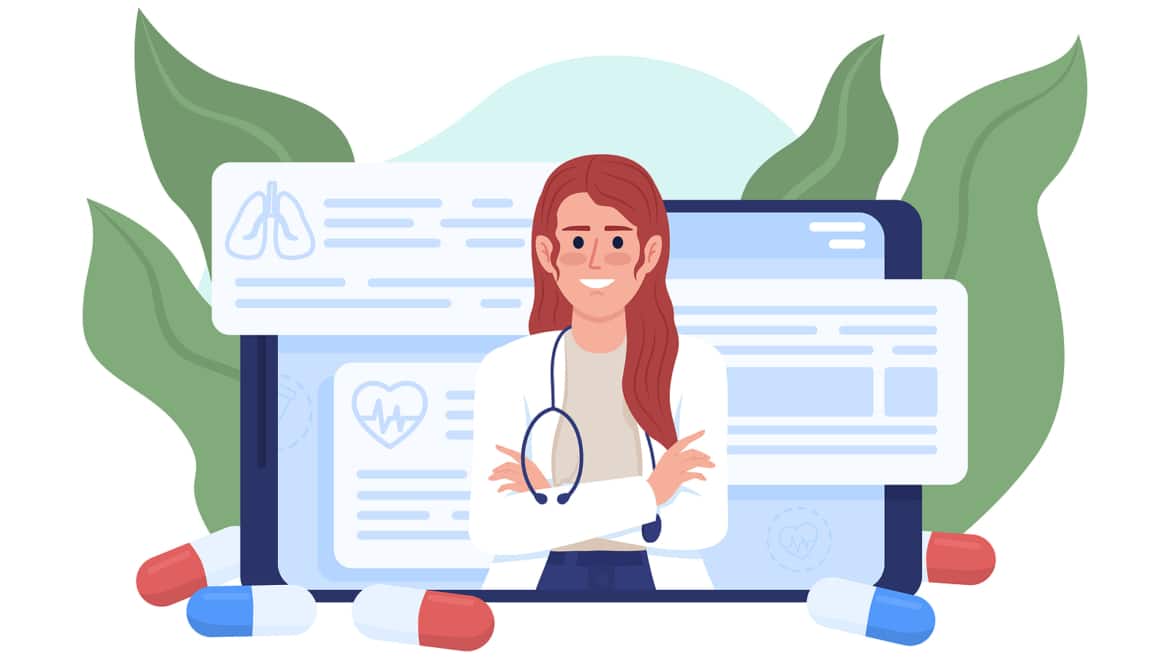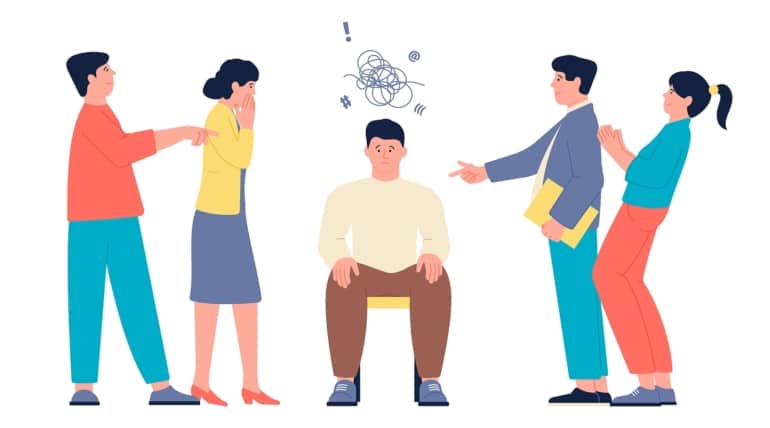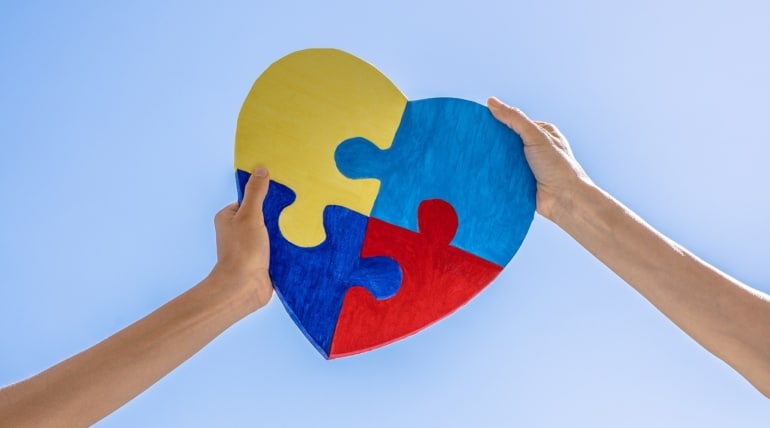Meet Dani and Gabe, parents to the adorable 3-year-old Coraline Vazquez. Dani and Gabe used to think that the only way to get an autism diagnosis for their daughter was to take him to a doctor’s office, wait in line with all the other kids, and hope that the doctor had enough time to assess what could be a complex problem correctly.
But a growing trend of telehealth programs was being launched to help diagnose and treat autism, something Dani and Gabe had never heard about. This new program allows children to get an autism diagnosis through a video conference call with a specialist. No more waiting in line or worrying about whether or not the doctor had the time to assess Coraline properly.
Caroline’s Virtual Diagnose
When Dani and Gabe were told their daughter was to get an autism diagnosis virtually, they were both filled with skepticism and worry. “At first, I can’t lie. I was a little skeptical,” Dani says.
“I didn’t know how accurate the assessment would be if it were done remotely. But when we tried it out, I couldn’t believe it! The specialist was able to take her through all of the tests and accurately diagnose her with autism. It was such a relief for us as parents.”
Kaitlin McHenry, a nurse practitioner with the Division of Behavioral Pediatrics at Children’s Hospital of Philadelphia, helped Dani and Gabe with their virtual autism diagnosis. She was warm and knowledgeable, made observations, and asked questions about Coraline’s behavior and language skills, eye contact, and interactions.
At one point, she saw Coraline exhibit what Dani called a “power up.” Caroline would shut down for a few seconds and then “power up” by squeezing her fist. McHenry immediately identified this behavior as stimming, something that is commonly seen in kids on the autism spectrum.
“Would you describe that as a tensing of the body?” McHenry asked Dani. “Yes,” she replied, amazed at how quickly McHenry had identified the behavior and was able to put it into a helpful context.
“You said her following directions is hard,” she said. “If you said, ‘Vasquez, go get your shoes,’ would she do it?”
“No, she would not,” Dani replied.
This was yet another indicator that Coraline may be on the autism spectrum.
There were some blocks and puzzles for Coraline to play with, and Gabe handed them to her. “Could you mind Delaying the response and see if Coraline will ask” McHenry suggested.
As Dani and Gabe watched, Coraline grabbed his hand and pulled it to her, then grabbed the block and put it in place.
Telehealth Benefit
“It was amazing to watch how quickly and accurately the specialist was able to assess Coraline,” Dani says. “The convenience of doing it from home was a huge plus. We’re glad we used this new telehealth program for our daughter’s autism diagnosis.”
According to Professor Kristin Sohl, director of the Center for Autism, University of Missouri, the pandemic has hastened the use of telehealth for autism diagnosis, with more and more parents turning to this option.
“It prompted a lot of us to think more about the system and its inefficiency— the bottlenecks, the disparities, the time it takes to get into a diagnosis,” Sohl said.
Flexibility and convenience are the two major game changers regarding telehealth and autism diagnosis. By utilizing the technology, specialists can assess what could be a complex problem with accuracy and speed in the comfort and safety of their own homes. The home is the child’s world, and nothing better than being diagnosed where they feel most secure.
So far, parents have found telehealth reliable and helpful for getting an accurate autism diagnosis for their children. In addition, with telehealth, we can reach families who live in distant places – taking time off work & sometimes staying overnight — to get an in-person assessment.




